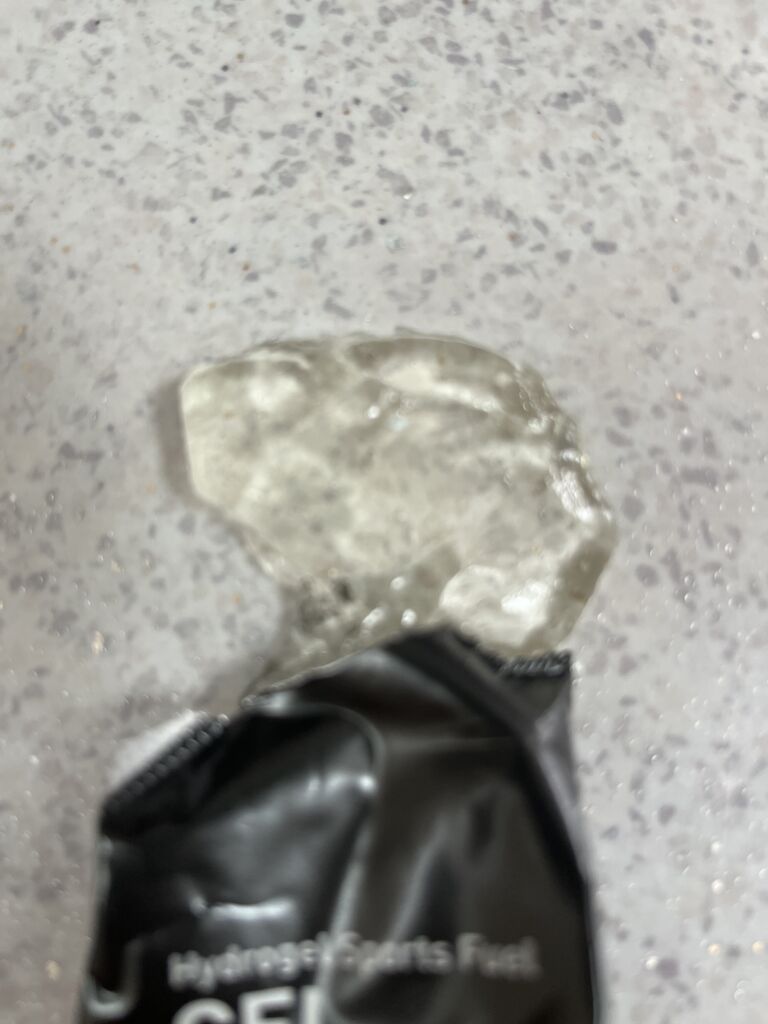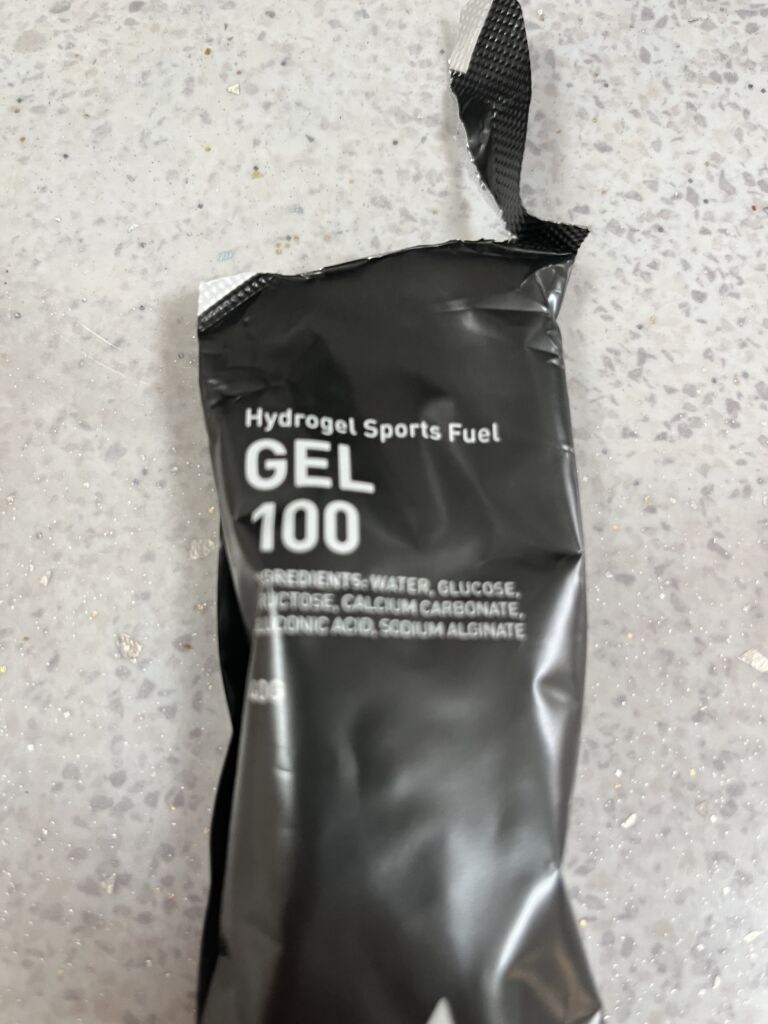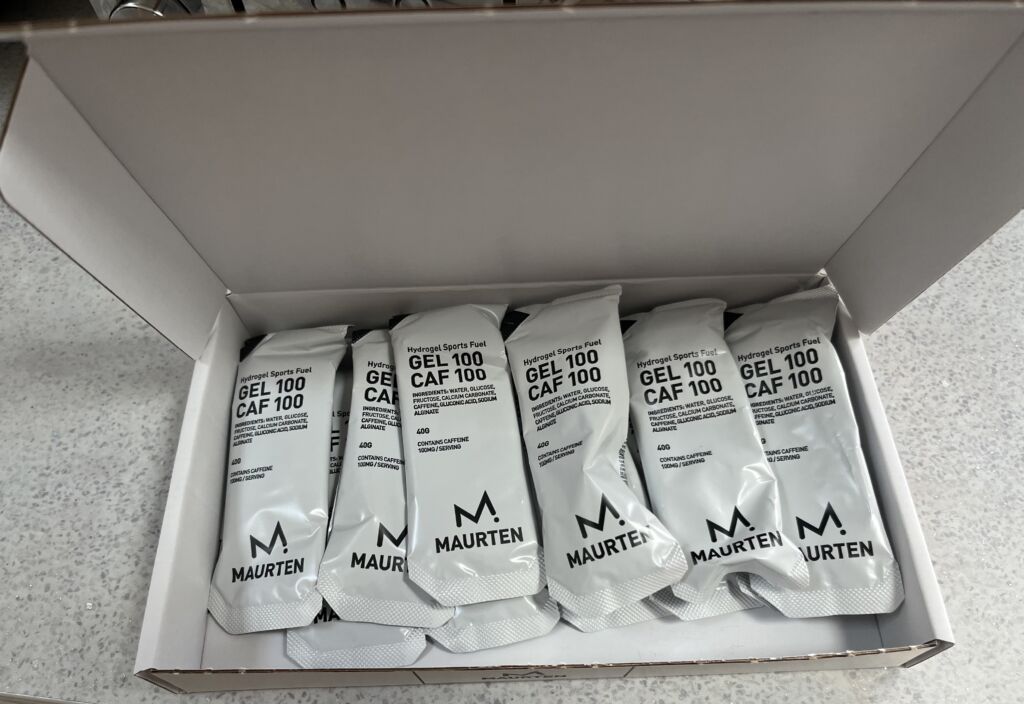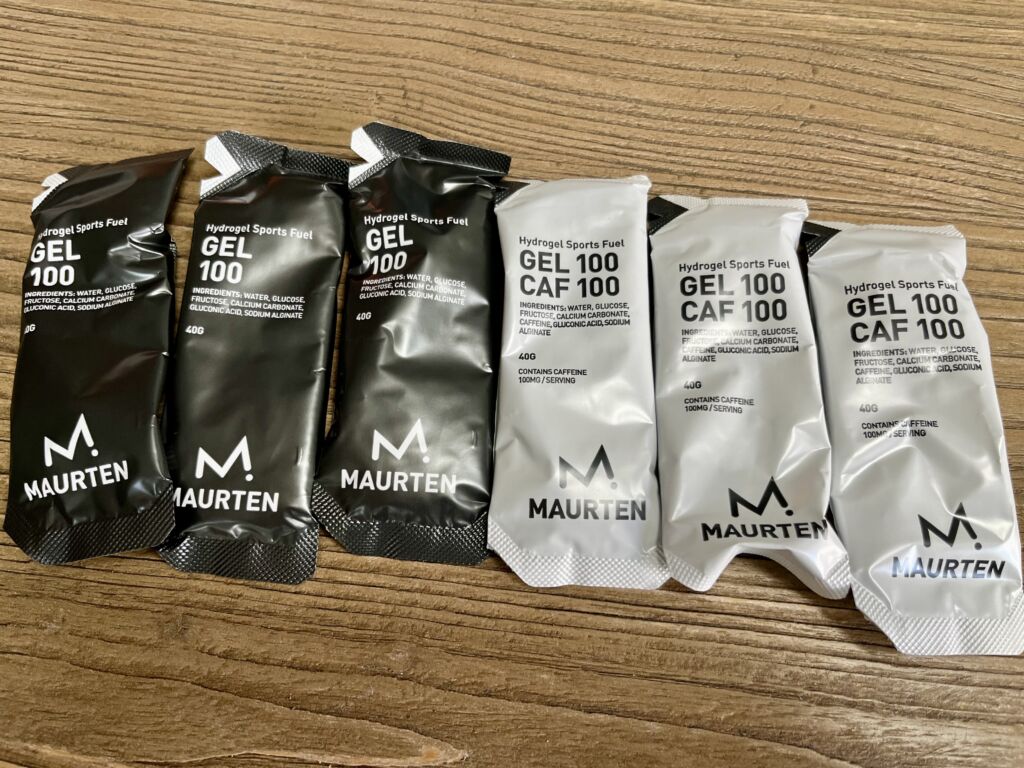Discover if Maurten gels are worth it, and what you can expect from these energy powders and hydrogels while working out or competing in our Maurten gel review.
I’ve been a long-distance runner for several years. I’ve also recently gotten into complementary sports like cycling and swimming. I also recently completed an Ironman.
The key to success in any long endurance race is the consistency of training and willingness to accept discomfort. Fuel and nutrition are also key unless you enjoy hitting the wall. Unfortunately, as many runners and cyclists will attest, a lot of energy gels and powders contain excessive amounts of flavors, are sickly and sometimes hard on the stomach. Enter Maurten gels.
These hydrogels and powders first became popular with the world’s elite endurance athletes and since then, many serious runners and cyclists have consumed them during training and racing.
I purchased a large box of caffeine and caffeine-free Maurten gels and powders and consumed them during my last training cycle and while competing in 70.3 Ironman to find out if Maurten gels are worth it. Our explainer on how do runners use gels might be helpful.
Contents
What are Maurten Gels?
These energy gels have become popular with long-distance athletes after the world’s fastest marathoner Kipchoge, consumed Maurten Gel 100 while breaking the world record for a marathon in Berlin. They are also the energy gels of choice for British Olympian Mo Farah and Ethiopian long-distance runner Kenenisa Bekele.
What’s In a Maurten Gel?

A single Maurten Gel contains 25mg of carbohydrates per serving, enough to fuel thirty-plus minutes of a long endurance-based workout. Unlike other energy gels, they contain no colorants, preservatives or flavours.
The technology behind Maurten gels enables them to bypass the stomach and deliver carbohydrates and electrolytes directly into an athlete’s system. In theory, they should be easier to consume while running or cycling.
They come in two variations: black Gel 100 Caf and white Gel 100. The black version of the gels and powders is caffeine-free, while the white version contains 100mg of caffeine. That’s equivalent to a shot and a half of a strong Espresso. You might find our explainer on when to take energy gels during a marathon helpful.
Maurten Gels Pricing
You can buy Maurten gels individually or in a box.
- An individual gel costs $3.90
- A box of twelve Maurten gels costs $49
- A box of 14 Maurten drink mixes costs $49
The company ships in the European Union, to the United Kingdom, the United States and Canada. Shipping is free. It’s sometimes possible to avail of discount codes for Maurten or source them for cheaper at a local sports store.
Spending a little under $4 for a single gel is expensive for some athletes, putting Maurten gels and powders at the premium end of energy products.
What Does a Maurten Gel Taste Like?
A Maurten Gel tastes somewhat sweet, although it’s bland compared to other energy gels. It also dissolves quickly on the tongue. However, the gel itself is thicker in consistency than other products. It’s more like a jelly than a fluid, meaning it can take some getting used to. For that race, best try one on a training run or cycle.
Do I Need to Drink Water With a Maurten Gel?
It’s possible to consume a Maurten gel without water. The product dissolves on your tongue, or you can eat it like jelly. As it’s not too sickly, you don’t need water or wash away the taste. It also delivers electrolytes into the system like any good energy drink.
How Often Should You Take a Maurten Gel?
Maurten says a gel begins working after ten minutes and is entirely absorbed within 60-75 minutes. A single gel contains enough carbs to fuel at least thirty minutes of a high-intensity workout. Depending on your workout duration, goals and fueling levels, you could take a Maurten gel every 30-60 minutes.
For a half marathon, our running coach advised us to take one of these gels before a race and then one every three to four miles.
My Experience With Maurten Gels

It’s easy to open on a Maurten gel while running or cycling. The pack tears from the top. The best approach is to open a Maurten gel half an hour into a longer endurance workout and either swallow half of it or let a portion sit beneath the tongue.
A Maurten gel dissolves when beneath the tongue within several minutes. Maurten gels kick in relatively quickly. I noticed an uptick in energy levels fifteen minutes after taking my first gel.
I consumed four of these gels every thirty minutes during my long run. Unlike other gels, it didn’t trigger any feeling of nausea or digestion issues. However, every athlete’s sensitivity to these types of products varies, so it’s best to try a Maurten gel on a training run and not during a race.
I also tried the Maurten powder mix before a long run of over two hours in duration. I mixed the powder up with 300ml of water using a Nutribullet. The powder didn’t entirely mix up at first. After drinking, I also found some sediment at the bottom of the Nutribullet cup.
However, in comparison to other carbohydrate drinks like Vitargo, the Maurten powder mix easier to drink and less sweet and stickler. I’d recommend drinking this powder at least ten minutes before a workout. Any closer and you’re more likely to feel liquid and carbs sloshing around your stomach while running or cycling.

If you’re interested in trying the caffeine version, a running coach advised me to alternate between caffeine and caffeine-free hydrogels every thirty minutes so to avail of the caffeine kick while avoiding caffeine fatigue or a headache from too much of this stimulant.
I alternated between the caffeine and caffeine-free Maurten gels during several different workouts. I consume coffee regularly and could handle the amount of caffeine in these gels. However, I noticed it was harder to sleep several hours later, perhaps because I’d consumed the equivalent of five cups of Espresso (three caffeine gels)! That may be down to the caffeine content or the intensity of the workout.
Maurten Gel Review: The Final Word
Maurten gels are a great energy gel for serious endurance athletes. They are easier on competitors’ stomach gels and less sweet and sickly. They also deliver an immediate uptick in energy levels, meaning their ideal for longer workouts and races.
The consistency takes some getting used to. The real downside is the price. At a little under $4 per gel, they are far from the cheapest on the market. Use them for races and serious training sessions on the road or bike.



